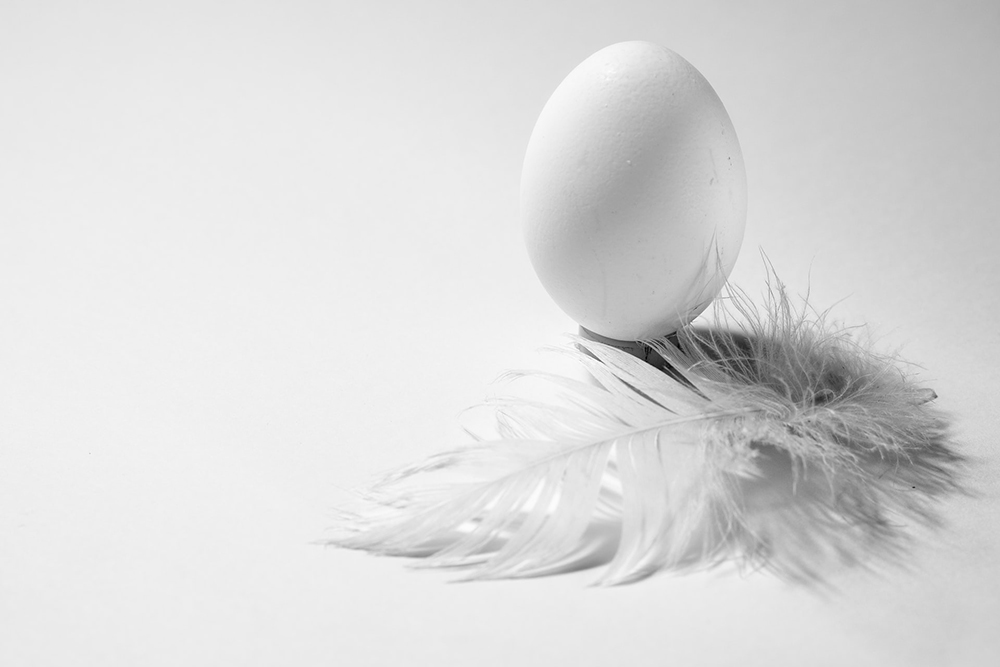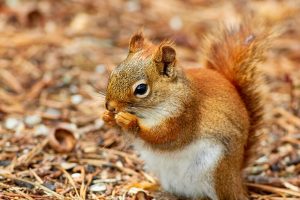Each bird can be so different from the other when it comes to laying eggs. Several factors vary, like the number of eggs laid, for example. The number of broods that a bird has each year could also be different for each bird. Then comes the incubation period, which is again just 10 days in some cases or a month in other cases. The way the mother bird behaves during the incubation period is another difference to know about. While some birds sit all through the incubation period and stay close to the nestlings after they are born, there are some species where the mother leaves the eggs as soon as she lays them.
Why do birds sit on their eggs during incubation?
The ideal temperatures for the egg to develop and hatch varies from one species to another. While taking care of eggs that require special care, or ones that the mother cannot brood due to some reason, maintaining this optimal temperature in a controlled environment is crucial. When this happens naturally in the warm-blooded birds, the body heat of the mother is sufficient for its eggs to develop. This temperature is critical when it comes to the healthy hatching of the eggs. Eggs that are not subject to the ideal incubation conditions are the ones that struggle to hatch. Hatcheries are careful about providing this incubation pattern to obtain healthy nestlings.
It is not just about creating essential heat. Sometimes it is about keeping the eggs cool and protecting them from excess heat in the surroundings. This applies to Namaqua sandgrouse, which is a bird living in the hot deserts of South Africa. This bird covers its eggs to protect them from the harsh heat of the desert.
Megapodes do not sit on their eggs but create a compost incubator for their eggs. Made primarily of vegetable scraps, this mound acts as the warm incubation chamber for the eggs.
Incubation period differences
The ideal length could be anywhere between 10 days to a month in most of the species. Some of them incubate longer, like up to 85 days, as in a wandering albatross. In some species, it is only the female bird that sits on the eggs. The female sits alone in some species, and in others, the male bird is sitting close by guarding the mother and eggs. The male also brings food for the mother bird while it continues to brood. In Canada goose, the male bird helps the female in building the nest before she lays the eggs. Throughout its incubation period of 25 to 28 days, the mother bird broods her eggs, and the male bird guards them.
Exceptions in incubation by female birds come in species like the whooping crane, mountain plover, and hoatzins. In whooping crane, both genders are responsible for incubation, and they take turns. With mountain plover, the male takes care of incubation for the first brood. In hoatzins, young birds help parent birds in the incubation of the further broods.
Knowing about the incubation period in different birds is an interesting topic in itself. The general pattern is that small bird species like hummingbirds and passerines have a shorter incubation period. This could be as small as 10 or 11 days. The canary incubates for 13 days. Pigeons and Coturnix quail have similar incubation periods ranging between 16 to 18 days.
Larger species like the brown kiwi and wandering albatross all have incubation periods, which are more than 2 months long. Emperor penguins have one of the longest uninterrupted incubation periods, which is around 64 to 67 days.
Common poultry birds like chicken and ducks have incubation periods of 21 and 28 days, respectively. For the goose, it could be anywhere between 28 and 33 days while pheasants complete hatching in 24 to 26 days.
The bird that lays the largest eggs, ostrich, takes 42 days for the incubation, and the swan is close by with its 35 days incubation period.
As these mother birds brood the eggs themselves, the incubation period is easier to understand. However, in the case of megapodes, as mentioned earlier, incubation happens in a compost. Controlling the temperature is not in the hands of the bird. Therefore the incubation could range anywhere from 49 days to longer, around 90 days if the ideal temperature is not available.
The size of the eggs and the height at which each bird builds its nest before laying the eggs can differ. Most of the birds are born without feathers and rely fully on their mother for the first few days. This fact remains true for most small birds like most species of hummingbirds. Therefore if you stumble upon a hummingbird nest in your backyard, know that the incubation period would be around a week to 10 days, and the mother bird should be close by. If you would like to encourage birds to nest in your yard, consider setting up a simple bird feeder. They are not only cheap, but easy to manage.








